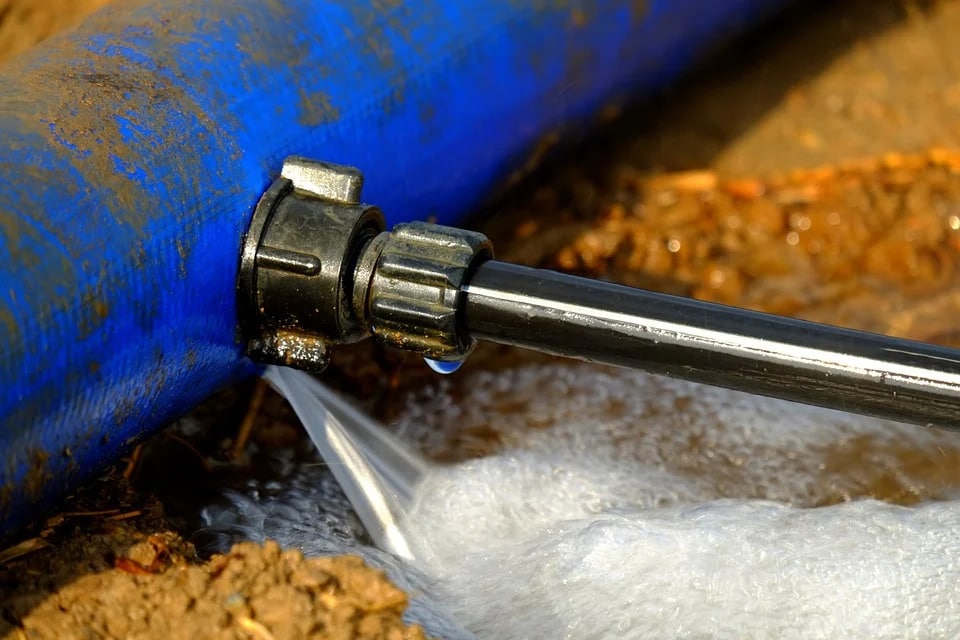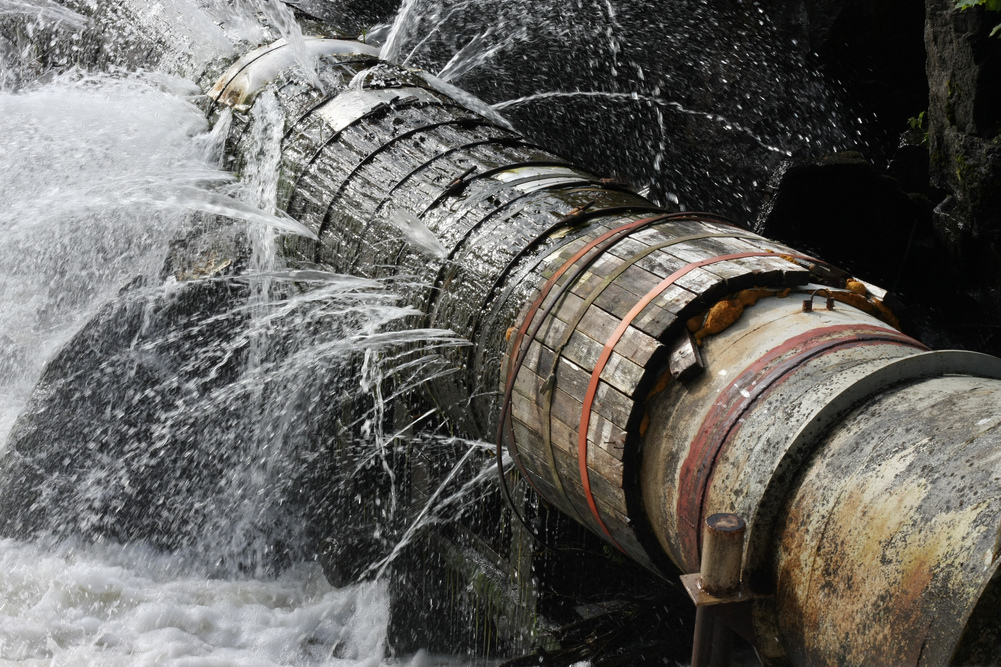The article following next relating to The Do’s And Don’ts When Water Floods Your Home is relatively stimulating. You should check it out.

What should you do if a water pipe bursts in your home? Do you want a mini-waterfall as well as flooding in a location of your residence? You must act fast if you find yourself in this scenario. The longer you wait, the much more serious the damage that can occur to your residential property. The clearheadedness is type in these occasions. For these factors, you need to learn how to act in the event of a ruptured pipes. Look into the adhering to tips listed below to aid you act quickly due to the fact that time is important.
Turn off the Main Waterline Valve
The first thing to do? Shut the shut-off shutoff. Search for the local shut-off shutoff to switch off the water in one particular area just. If you do not understand where the localized shut-off valve is, go with the major water line valve and transform it off. This step will remove the water right away in your whole residence. Normally, the primary valve is located outside the house beside the water meter. If it's not there, you can also locate it in 2 places: in the cellar at eye degree or the first floor on the ground. Commonly, building contractors placed the shut-off valve generally ground level bathroom or ideal next to it.
Call Water Damages Repair Pros for Assistance
After shutting the water resource, call the specialists for help. With their professional aid, you can avoid much bigger water damages including distorted walls, loosened tiles, or damaged structures.
Paper the Damages For Insurance
While you're waiting for the pros to show up, obtain some documents of the damages created by the wayward pipeline. Do close-up shots of the harmed places and also valuables.
Salvage Things That Can Be Conserved
Take a look at the damaged items and take out the most vital ones from the pile when you're done taking pictures. Dry them off in a dry/warm place away from the broken location as well as try to preserve them as long as you can. Drag as much moisture as you can to the material so it can begin to dry out.
Start the Drying Process
You need to begin the drying out procedure asap. Luckily, the water from your waterlines is already clean so you don't have to worry about sewer water. However, the flowing water may have interrupted the dirt as well as particles in your floorboards as well as carpets. In this instance, placed some handwear covers on and start some damage control. Usage pails to discard out the water. Remove as much water as you can from the surfaces with old towels. Turn on an electric follower or open your home windows to promote air circulation. These actions will certainly speed up to dry and hinder mold and mildew as well as mildew development.
Experts are the only individuals qualified to assess properly and take care of the burs pipes and also subsequent damages. They typically offer silent red flags like gurgling paint, water spots.
What should you do if a water pipeline bursts in your residence? For these reasons, you require to discover how to act in the event of a ruptured water pipe. After closing the water source, call the specialists for help. With their professional aid, you can avoid a lot larger water damages including distorted walls, loose floor tiles, or damaged frameworks. Thankfully, the water from your waterlines is already tidy so you don't have to fret concerning drain water.
BROKEN WATER PIPES: COST TO REPLACE & WAYS TO FIX A PIPE
CAUSES OF A BROKEN WATER PIPE
A water pipe can break for several reasons depending on the environment you live in, type of pipe, and circumstances.
The most common cause of broken pipes is freezing. If you live in a colder climate, this could happen. When water freezes it increases in volume by 9% and the pressure in the pipes can go from 40 psi to 40,000 psi. Clearly, this could be detrimental to the pipes. Water freezing causes quick expansion, which puts stress on the pipes and could lead them to crack or weaken. When water thaws, it will leak out the cracks. Other changes in water pressure can also cause breakage. Another common cause of broken water pipes is age.
Depending on the material, water pipes can last anywhere from 70-100 years. But the older they get, the more susceptible they are to weakening and corroding. Older pipes coming into contact with another material could speed up the corrosion process as well. PVC pipes can become brittle with age, while copper is prone to corrosion and stress over time. Something that could also potentially break water pipes is when they move. They may move from construction or the house settling. Moving can stress the fixed pipe which may lead to a leak or burst pipe.
HOW MUCH WATER COULD LEAK INTO YOUR HOUSE FROM A BROKEN PIPE?
The amount of water that leaks depend on how big the break in a pipe is. If it is just a minor crack, water will slowly leak out. This isn’t as serious as a full broken pipe, but it can still cause significant damage to your home. Burst pipes can leak up to 10 gallons of water per minute. The amount of water leaked also depends on what appliance is involved. The water line to your refrigerator can leak ½ to 1 gallon per minute depending on water pressure. One toilet supply line may leak 2-3 gallons a minute and a washing machine hose will leak up to 10-12 gallons per minute.
TURN THE WATER OFF
Doing this first is imperative; everything else can wait. You need to deactivate the water supply to stop the flow of water and prevent more water from leaking into your home. Shutting off the water could potentially save you thousands in water damage repairs. Locating the water shutoff valve depends on the climate you live in. For colder climates, the valves are usually inside, such as in the basement. For houses in milder weather, the shutoff valves will probably be outside—either attached to an exterior wall or in an underground box with a removable lid.
OPEN A FAUCET
The next thing to do is to open a faucet or turn on a sink. This will relieve any remaining water pressure in the pipes and ensure a full-shut down.
GET RID OF THE WATER
The quicker you get rid of the water, the less water damage and mold there could be. Use a mop and a shop vacuum to help get clean up the water. Use towels to dry everything the best you can.
CUT AND REMOVE THE DAMAGED PIPE
Once you have shut off the water and drained the damaged water pipe, you can begin to fix the issue. Cut out the damaged section of the pipe with a pipe cutter, ensuring that you also cut one inch extra on each side of the damage. Once you get rid of the broken part of the pipe, you may begin repairs.
https://www.wmhendersoninc.com/blog/broken-water-pipes-cost-to-replace-ways-to-fix-a-pipe/

As a devoted person who reads about Do’s And Don’ts In Case Of Water Damage, I thought sharing that piece of content was worth the trouble. If you please take the opportunity to distribute this post if you liked it. I take joy in reading our article about The Do’s And Don’ts When Water Floods Your Home.
Comments on “Everything Homeowners Need to Know About Septic Tank Maintenance”